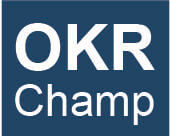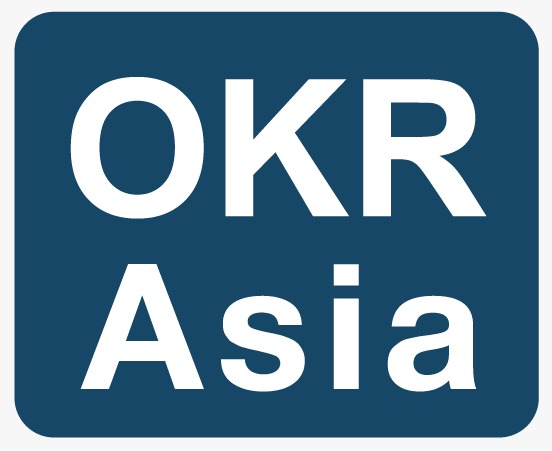OKRs for encouraging Diversity, Equity, and Inclusion (DE&I) in organisations
OKRs for encouraging Diversity, Equity, and Inclusion (DE&I) in organisations
Many organisations proactively bring diversity, equity, and inclusion (DE&I) initiatives in their work culture, however, they might sometimes find it difficult to make this process seamless. With the help of OKRs (Objectives and Key results)-based goal-setting method, companies can gradually cultivate a DE&I culture.
OKRs can help an organization manage output, align teams, and communicate more effectively. When it comes to cultivating an inclusive and purpose-filled work environment, the right fusion of DE&I and OKRs is necessary.
Why do we need DE&I OKRs
DE&I OKRs can be created for the following purposes:
- Diversifying the workforce
- Taking part in DE&I training successfully
- Establishing a culture of inclusion
- Making performance and promotion processes inclusive
One of the biggest merits of DE&I OKRs is that it is easy to alter the OKRs if a key result proves irrelevant or progress is not as expected. Hence, DE&I OKRs can be updated on a continuous basis.
By setting DE&I OKRs, you can take measurable steps toward your goals
Defining a company’s DE&I OKRs clearly outlines what needs to be done in order to achieve them. OKRs break down the final goal into successive achievements based on objectives and key results structure. By doing this, DE&I goals can be set in an easy, actionable, and straightforward manner.
Assigning accountability with DE&I OKRs
In terms of DE&I objectives, OKRs can establish leadership since it makes the accountability very clear . By aligning OKRs with DE&I goals, leaders strive to ensure that the latter does not become a mere slogan but leads to mesurable outcomes & results. Leading OKRs for DE&I often require executives to show results in order to move forward.
Teams remain aligned by using DE&I OKRs
It is recommended to have a solid communication strategy in place to put DE&I into practice throughout an organization. Communication within a company is required for internal alignment, as it keeps everyone informed about DE&I developments. Determining DE&I OKRs clearly and concisely will help an organization clarify what it wants to accomplish. OKRs keep employees engaged in DE&I
In order to achieve an integrated DE&I culture, it is recommended that employees are proactively involved. DE&I OKRs help team members see what they need to accomplish and how close they are to achieving them. Motivation and engagement are maintained by their efforts towards DE&I goals.
Conclusion
To obtain desirable results, it is recommended that the organisations focus on making DE&I OKRs a collaborative and inclusive process itself. Team leaders can leverage brainstorming sessions to promote team engagement, foster a sense of ownership, and encourage accountability for DE&I OKRs.








